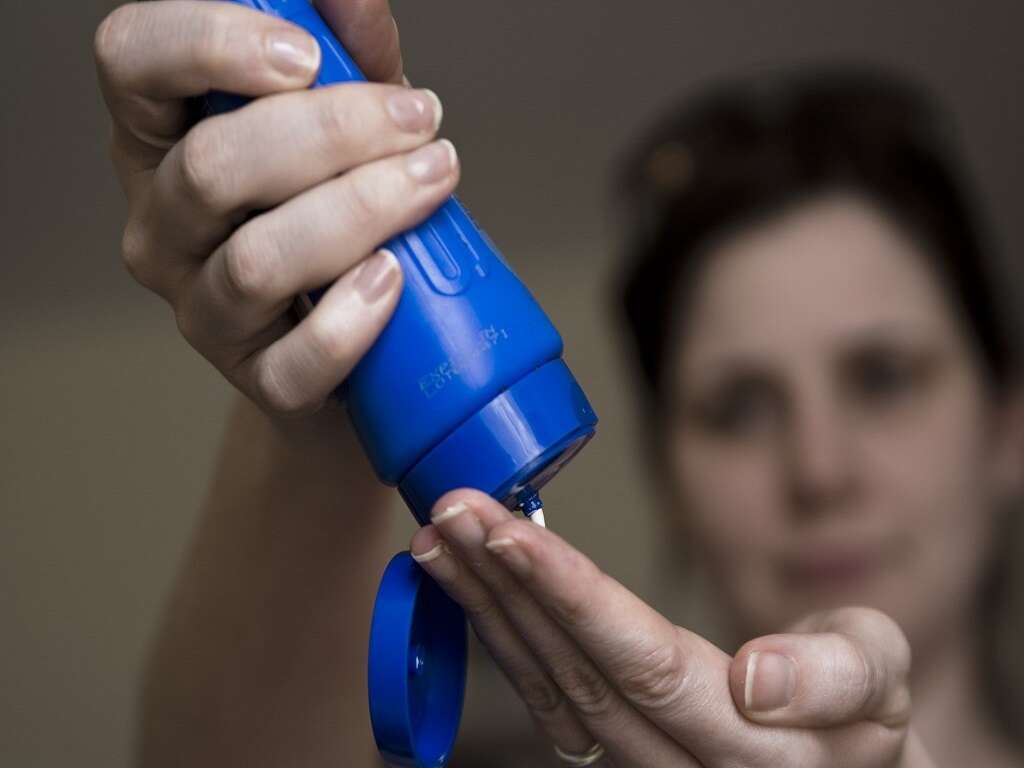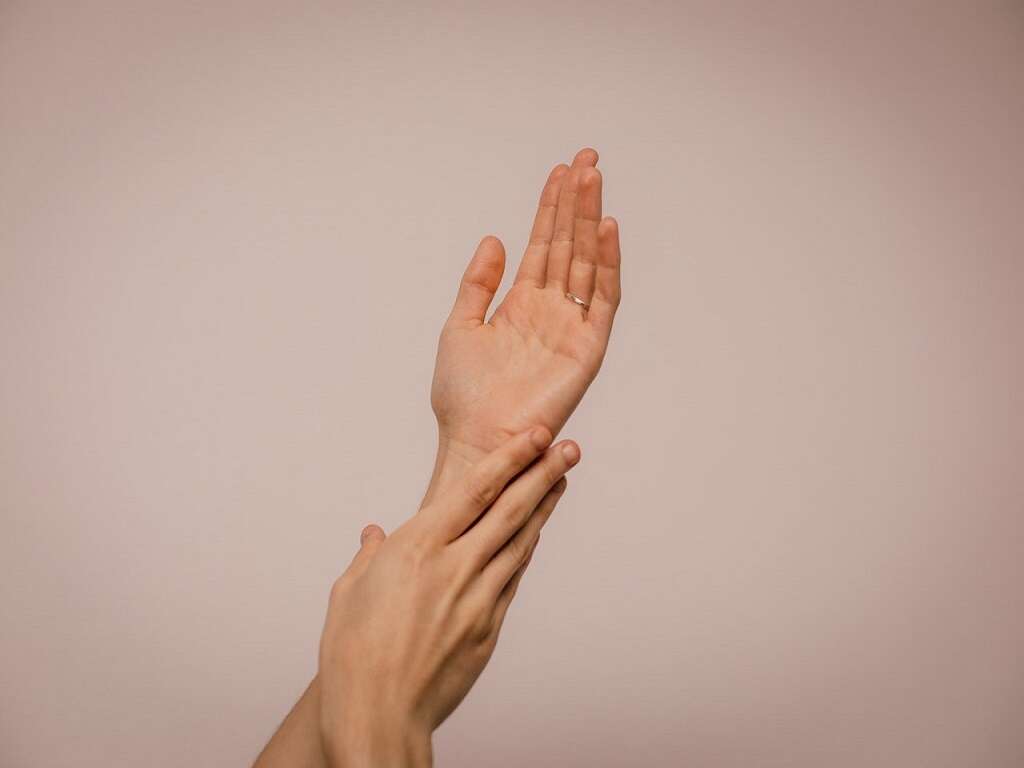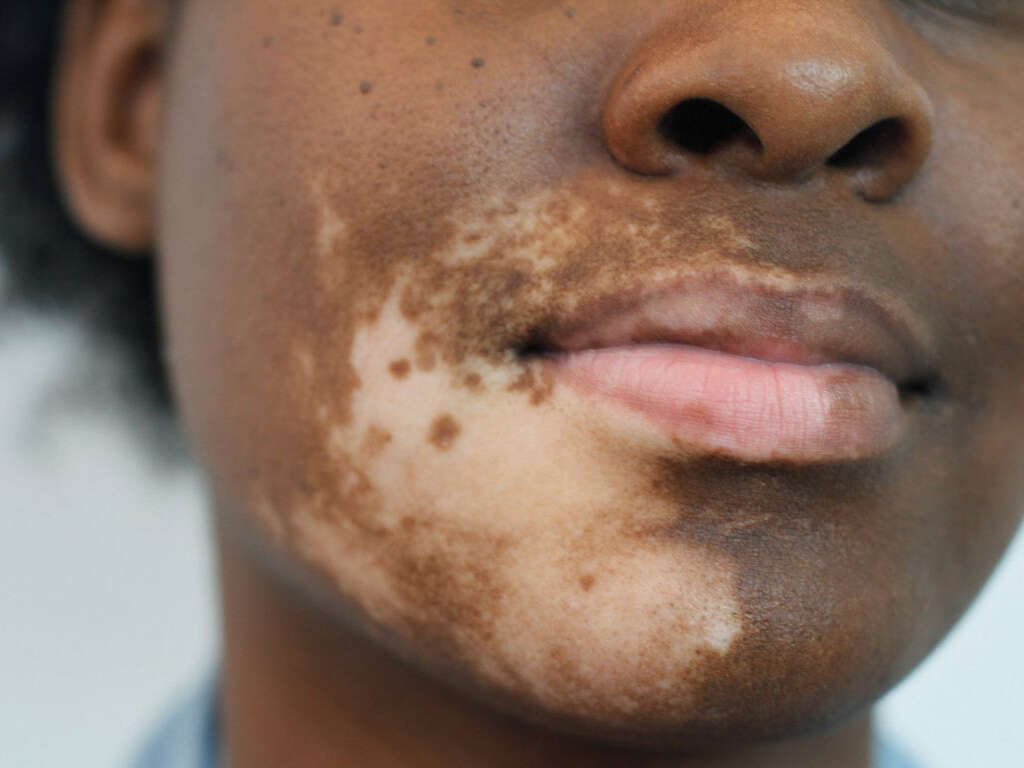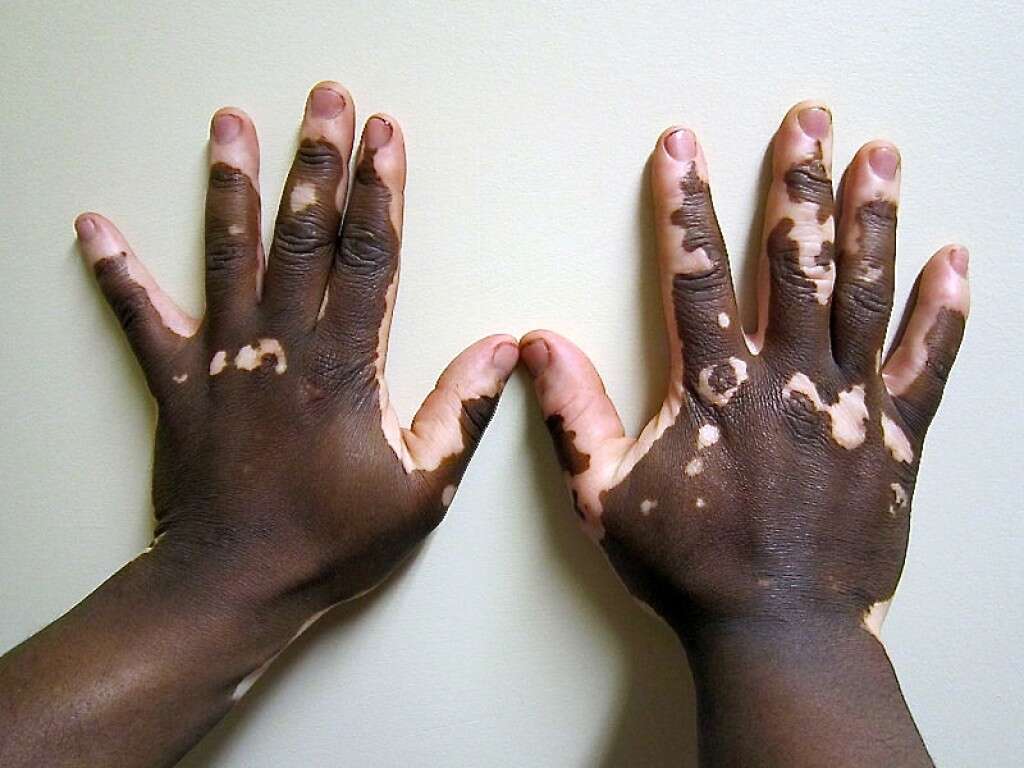10 Vitiligo Symptoms
 Article Sources
Article Sources
- 1. 'Vitiligo - Symptoms and Causes.' Mayo Clinic, 10 Apr. 2020, www.mayoclinic.org/diseases-conditions/vitiligo/symptoms-causes/syc-20355912
- 2. 'Vitiligo.' Nhs.uk, 20 Oct. 2017, www.nhs.uk/conditions/vitiligo
- 3. 'Can Hair Dye Cause Vitiligo or Make It Worse?' Living Dappled, 21 Mar. 2021, livingdappled.com/can-hair-dye-cause-vitiligo-or-make-it-worse
- 4. 'Oral Manifestations of Vitiligo.' PubMed Central, Jan. 2015, www.ncbi.nlm.nih.gov/pmc/articles/PMC4318026
- 5. 'Vitiligo: Types, Symptoms, Causes, Treatment & Recovery.' Cleveland Clinic, my.clevelandclinic.org/health/diseases/12419-vitiligo
- 6. 'What is the Psychological and Social Effect of Vitiligo?'Medscape, 19 Oct. 2020, www.medscape.com/answers/1068962-87954
- 7. 'The Problems in Sexual Functions of Vitiligo and Chronic Urticaria Patients.' ResearchGate, 1 Jan. 2007, www.researchgate.net/publication/6638246
- 8. Vitiligo: Patient Stories, Self-esteem, and the Psychological Burden of Disease.' PubMed Central, www.ncbi.nlm.nih.gov/pmc/articles/PMC5986114
Vitiligo is a progressive depigmentation of the skin that results in white patches on the body. It affects approximately 1 percent of the population. A diagnosis may be made based on a patient's medical history and a physical examination of the skin. However, a skin biopsy and blood tests may be required for confirmation.1‘Vitiligo - Symptoms and Causes.’ Mayo Clinic, 10 Apr. 2020, www.mayoclinic.org/diseases-conditions/vitiligo/symptoms-causes/syc-20355912
Vitiligo is a chronic condition, with management predominantly focused on alleviating the symptoms. Unfortunately, there's no known cure, and its progression and severity are unpredictable. While the cause of vitiligo is unknown, autoimmune disease, a family history of autoimmune disease and stress-triggered events are common factors.
Patchy Depigmentation
Melanocytes produce melanin, the pigment that colors skin cells and hair. When melanocytes become dysfunctional, patches of the skin lose color, resulting in colorless white patches.2‘Vitiligo.’ Nhs.uk, 20 Oct. 2017, www.nhs.uk/conditions/vitiligo The colorless patches can be distributed over the entire body or focused in one area, with all skin types affected equally.
The patches are typically white in the middle, with paler skin around the outside. Blood vessels can give patches a reddish tinge, and a brown discoloration may appear around the edges. Areas likely to be affected include the fingers, wrists, armpits, groin and genitals. The disfiguring nature of vitiligo frequently leads to psychological symptoms.
Premature Graying
As with skin color, melanin is responsible for a person's hair color. If there's insufficient melanin available in the body, the hair begins to gray or whiten in response. It doesn't just affect the hair on the scalp. Vitiligo can also cause eyelashes, eyebrows and other body hair to turn white.
Unfortunately, reaching for hair dye won't provide a solution. Two key components from permanent dyes, phenol and paraphenylenediamine, are known to further aggravate vitiligo, as they damage the melanocytes that produce melanin.3‘Can Hair Dye Cause Vitiligo or Make It Worse?’ Living Dappled, 21 Mar. 2021, livingdappled.com/can-hair-dye-cause-vitiligo-or-make-it-worse
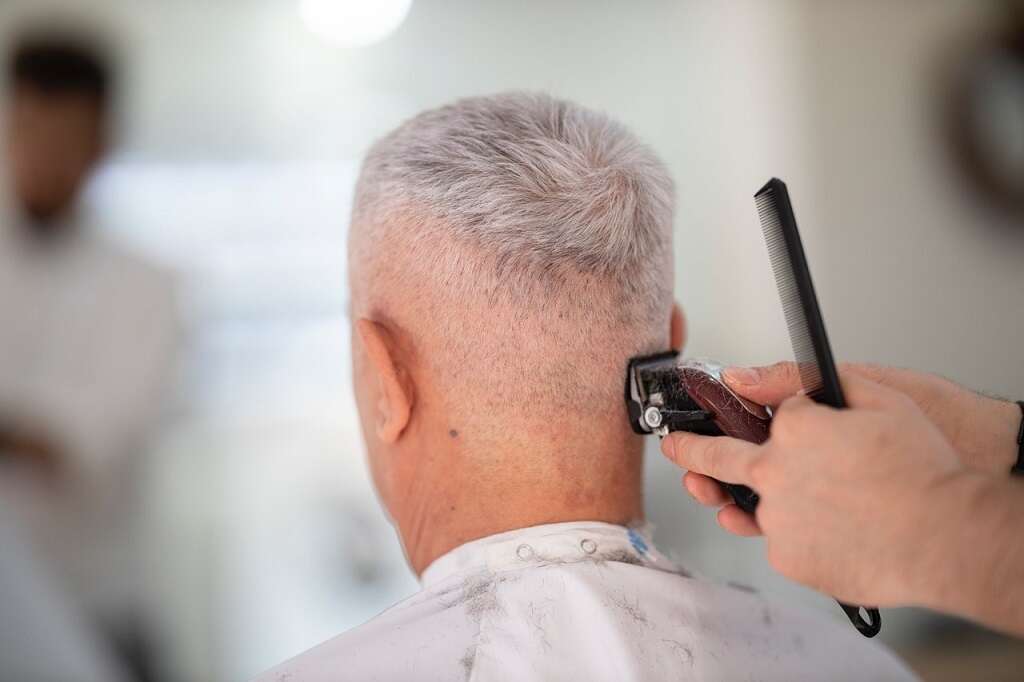
Depigmentation in Mucous Membranes
The resulting depigmentation from the lack of available melanin is also responsible for the loss of color in the mucous membranes of the mouth. It's estimated that 55 percent of those with vitiligo experience this symptom, with the lips affected in around 40 percent of people with the condition.
Studies suggest that depigmentation of mucous membranes is more likely to occur in women, with 27 percent experiencing the symptom, compared to 18 percent of men.4‘Oral Manifestations of Vitiligo.’ PubMed Central, Jan. 2015, www.ncbi.nlm.nih.gov/pmc/articles/PMC4318026
Eye Problems
Vitiligo is known to cause uveitis in approximately 5 percent of people. Uveitis affects the middle layer of the eye, known as the uvea, and eye redness, pain and inflammation are common symptoms.
Abnormalities of the iris and retinas are also a feature of vitiligo. The iris may become depigmented in response to the decreasing amount of melanin being produced. Although less common than other symptoms, inflammation of the retina and iris can create ongoing issues.5‘Vitiligo: Types, Symptoms, Causes, Treatment & Recovery.’ Cleveland Clinic, my.clevelandclinic.org/health/diseases/12419-vitiligo

Hearing Loss
Hearing loss is also associated with vitiligo, although its incidence is variable. One study suggests that up to 38 percent of those with vitiligo also experience some form of hearing loss. While it's accepted that melanocytes play a role, the exact role they play is unknown.
Doctors may conduct audiological assessments on patients with vitiligo to identify any hearing issues. They may also develop a management plan to minimize the ongoing effects.
Social Distress
Social stigma, distress and shame have long been associated with vitiligo, especially where the loss of skin pigmentation is prominent. Over time social distress can result in those with vitiligo becoming upset at the prospect of social contact, and they may develop avoidance tactics.
Patients experiencing these symptoms may find that their quality of life reduces over time. Social distress can be debilitating if not addressed, so early intervention is recommended.6‘What is the Psychological and Social Effect of Vitiligo?’Medscape, 19 Oct. 2020, www.medscape.com/answers/1068962-87954

Severe Sunburn
Those with vitiligo are more likely to experience severe sunburn. When the body is exposed to sunlight, it responds by producing melanin to protect it from the sun's ultraviolet rays. As vitiligo is caused by dysfunction in the cells that produce melanin, this protection isn't available.
The severity of the burn may be worse if the skin has become significantly depigmented. It's been suggested that vitiligo may be caused by a stress-triggered response to an event, such as severe sunburn.7‘The Problems in Sexual Functions of Vitiligo and Chronic Urticaria Patients.’ ResearchGate, 1 Jan. 2007, www.researchgate.net/publication/6638246
Painful Itching
Prior to the appearance of white patches, the skin may begin to itch. The appearance of angry red lesions may accompany this.
One study suggested that up to 20 percent of those with vitiligo may experience painful itching. Up to 60 percent of those with associated itching reported it was sufficient to interrupt their daily activities, while 39.5 percent reported it was significant enough to disturb their sleep patterns.7‘The Problems in Sexual Functions of Vitiligo and Chronic Urticaria Patients.’ ResearchGate, 1 Jan. 2007, www.researchgate.net/publication/6638246

Sexual Dysfunction
Autoimmune conditions are known to impact a person's sex life, and vitiligo is no exception, especially among those who experience painful itching. Generally, people with vitiligo have difficulty becoming aroused, maintaining arousal throughout the encounter and achieving sexual satisfaction.
According to one study, men with vitiligo are more likely to achieve satisfaction, while women are more likely to experience painful sex. However, the study didn't determine the reasons for this.7‘The Problems in Sexual Functions of Vitiligo and Chronic Urticaria Patients.’ ResearchGate, 1 Jan. 2007, www.researchgate.net/publication/6638246
Low Self-Esteem
Low self-esteem is commonly reported in those with vitiligo. The associated skin discoloration is a key contributor to low self-esteem. People with vitiligo may find that ongoing issues relating to their appearance result in an avoidance of intimacy and a decline in social functioning.
Depression and anxiety are not uncommon among those with vitiligo, nor is an increased incidence of suicidal ideation. Patients who have vitiligo symptoms should see a doctor when the symptoms first occur.8Vitiligo: Patient Stories, Self-esteem, and the Psychological Burden of Disease.’ PubMed Central, www.ncbi.nlm.nih.gov/pmc/articles/PMC5986114



